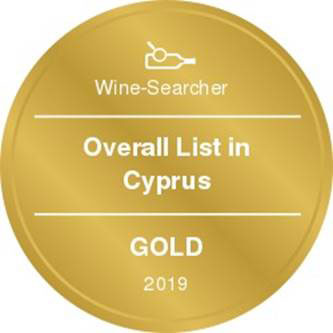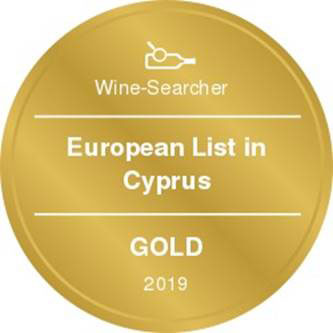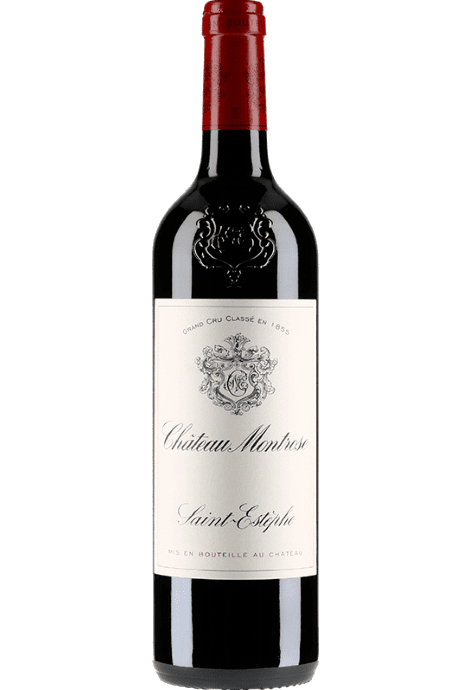CHATEAU MONTROSE 2009 SAINT ESTEPHE
Country: France, Bordeaux. Saint Estephe
Grape Varieties: Cabernet Sauvignon Blend
Grape Varieties: Cabernet Sauvignon Blend
AWARDS
Wine Spectator: 97-100/100
Robert Parker: 100/100.
Parker - A colossal effort, the 2009 Montrose represents a hypothetical blend of the monumental duo of 1989 and 1990 combined with the phenomenal 2003. With 13.7% alcohol (an all-time high at Montrose), it is a blend of 65% Cabernet Sauvignon, 29% Merlot and the rest tiny quantities of Cabernet Franc and Petit Verdot. Some structure and minerality can be detected in the background, but the overall impression is one of massive blackberry, black currant and mulberry fruit intermixed with forest floor, damp earth, crushed rocks and a hint of spring flowers. Full-bodied with sweet but abundant tannin, Jean-Bernard Delmas believes this is the greatest wine he has made during his short tenure at Montrose since retiring from Haut-Brion. This wine will undoubtedly shut down for a decade, then unleash its power, glory and potential perfection.
Robert Parker - Wine Advocate - February 2012
Food Pairing: Beef and Venison
Wine Spectator: 97-100/100
Robert Parker: 100/100.
Parker - A colossal effort, the 2009 Montrose represents a hypothetical blend of the monumental duo of 1989 and 1990 combined with the phenomenal 2003. With 13.7% alcohol (an all-time high at Montrose), it is a blend of 65% Cabernet Sauvignon, 29% Merlot and the rest tiny quantities of Cabernet Franc and Petit Verdot. Some structure and minerality can be detected in the background, but the overall impression is one of massive blackberry, black currant and mulberry fruit intermixed with forest floor, damp earth, crushed rocks and a hint of spring flowers. Full-bodied with sweet but abundant tannin, Jean-Bernard Delmas believes this is the greatest wine he has made during his short tenure at Montrose since retiring from Haut-Brion. This wine will undoubtedly shut down for a decade, then unleash its power, glory and potential perfection.
Robert Parker - Wine Advocate - February 2012
Food Pairing: Beef and Venison
Product Id: 0252

For orders €100,00 and above we deliver free to your place
For orders below €100,00 delivery charge €10,00 within city limits
For orders below €100,00 delivery charge €10,00 within city limits

Cab.Sauvignon Blend
Cabernet Sauvignon lends itself particularly well in blends with Merlot. This is actually the archetypal Bordeaux blend, though in different proportions in the sub-regions and sometimes topped up with Cabernet Franc, Malbec, and Petit Verdot.
In the Médoc and Graves the percentage of Cabernet Sauvignon in the blend can range from 95% to as low as 40%. It is particularly suited to the dry, warm, free- draining, gravel-rich soils and is responsible for the redolent cassis characteristics as well as the depth of colour, tannic structure and pronounced acidity of Médoc wines. However 100% Cabernet Sauvignon wines can be slightly hollow-tasting in the middle palate and Merlot with its generous, fleshy fruit flavours acts as a perfect foil by filling in this cavity.
In St-Emilion and Pomerol, the blends are Merlot dominated as Cabernet Sauvignon can struggle to ripen there - when it is included, it adds structure and body to the wine. Sassicaia is the most famous Bordeaux blend in Italy and has spawned many imitations, whereby the blend is now firmly established in the New World and particularly in California and Australia.
In the Médoc and Graves the percentage of Cabernet Sauvignon in the blend can range from 95% to as low as 40%. It is particularly suited to the dry, warm, free- draining, gravel-rich soils and is responsible for the redolent cassis characteristics as well as the depth of colour, tannic structure and pronounced acidity of Médoc wines. However 100% Cabernet Sauvignon wines can be slightly hollow-tasting in the middle palate and Merlot with its generous, fleshy fruit flavours acts as a perfect foil by filling in this cavity.
In St-Emilion and Pomerol, the blends are Merlot dominated as Cabernet Sauvignon can struggle to ripen there - when it is included, it adds structure and body to the wine. Sassicaia is the most famous Bordeaux blend in Italy and has spawned many imitations, whereby the blend is now firmly established in the New World and particularly in California and Australia.
 +357 25 76 06 08
+357 25 76 06 08














